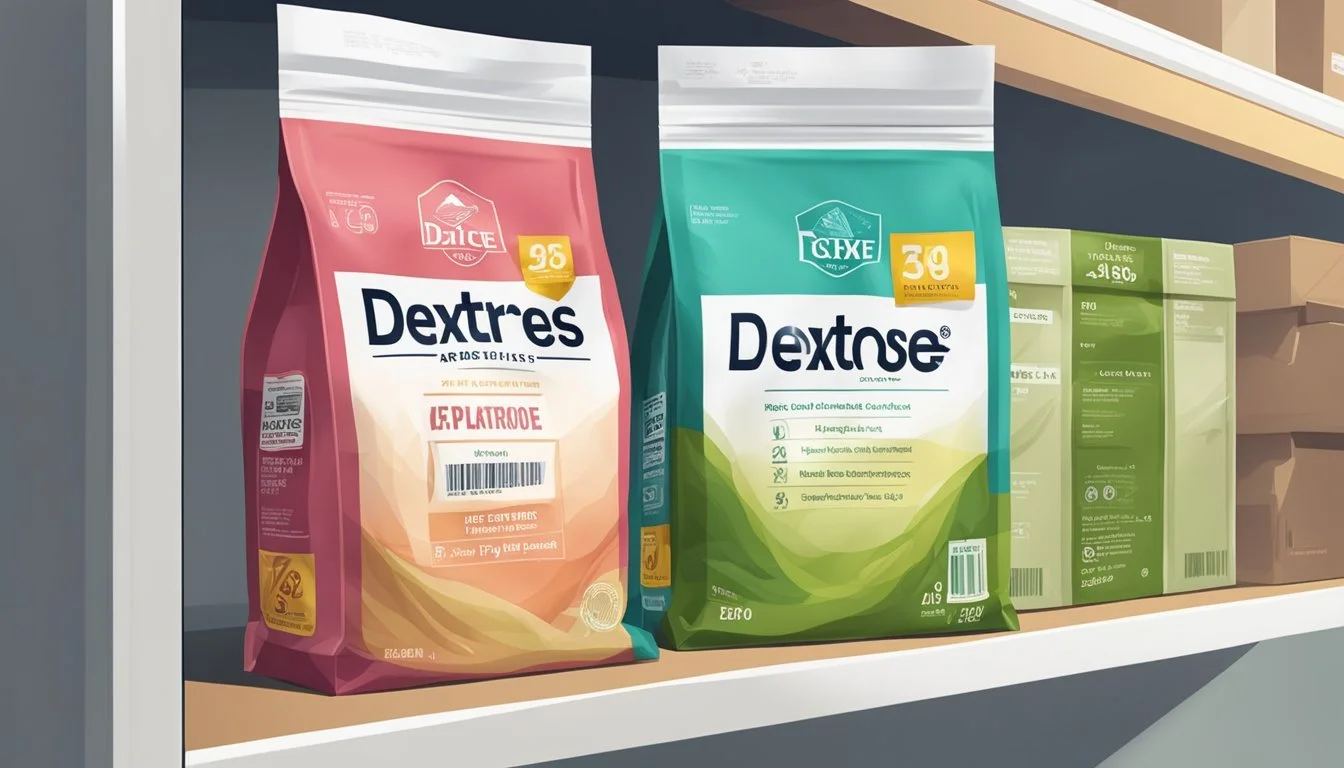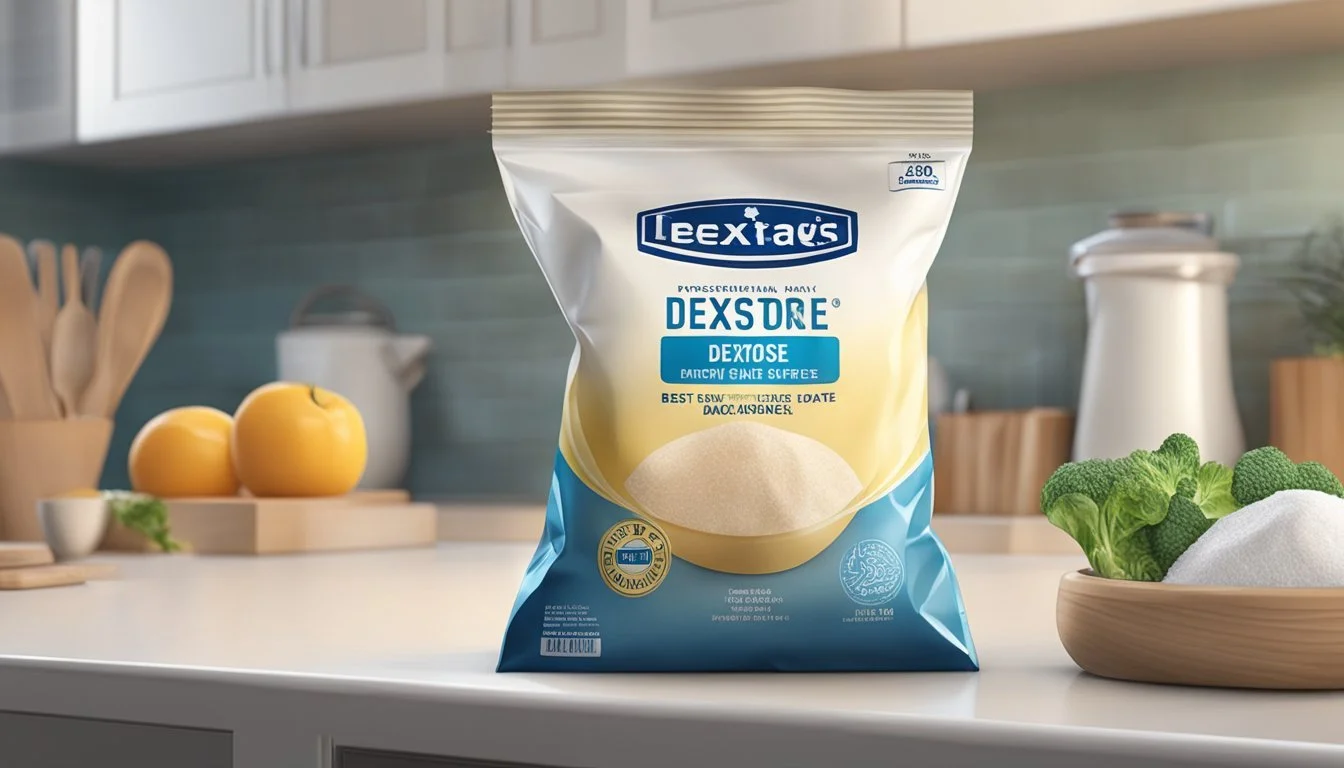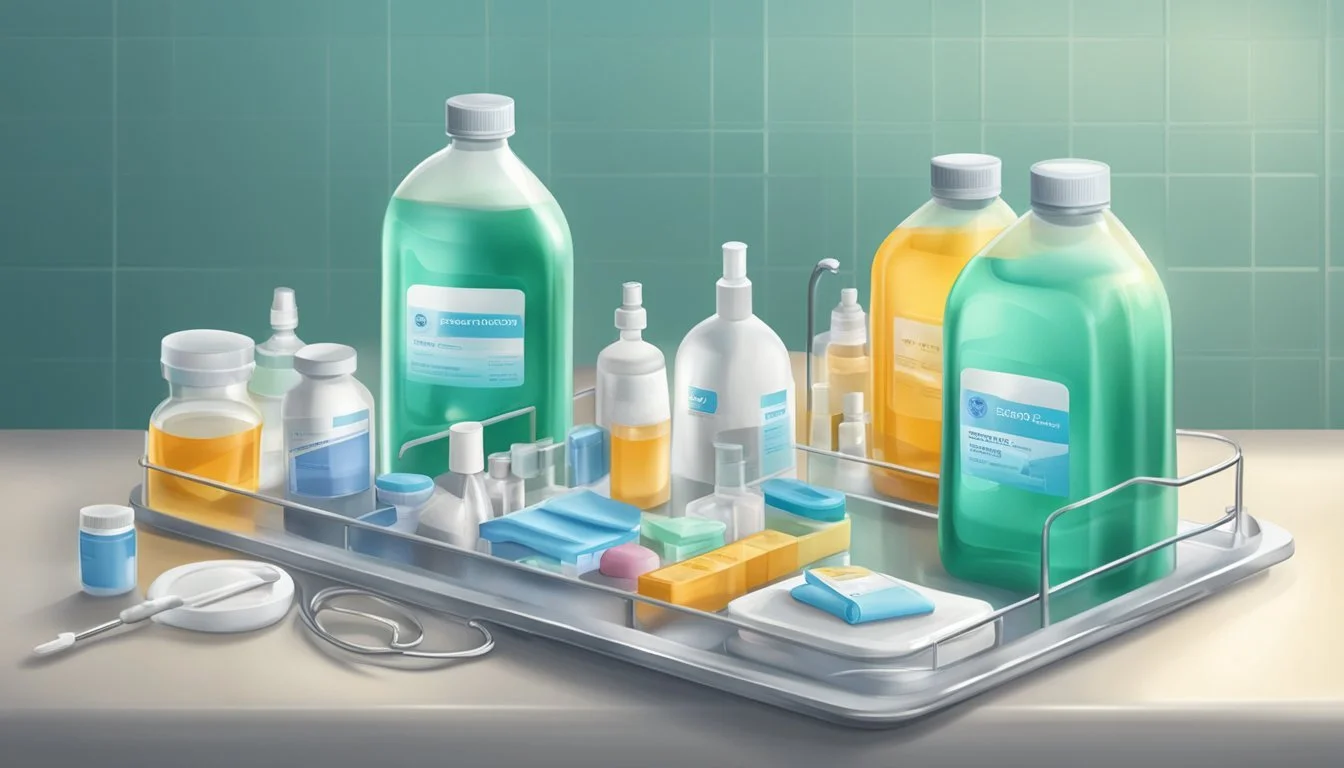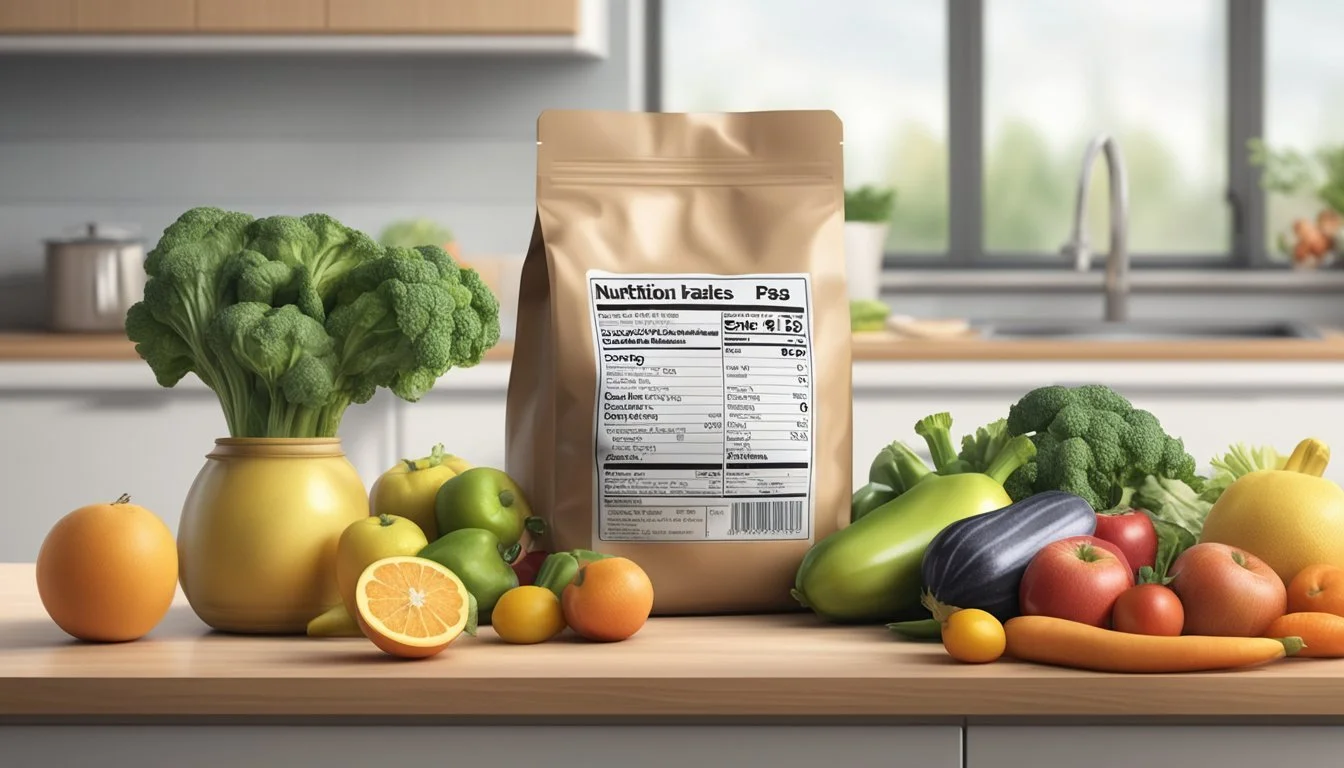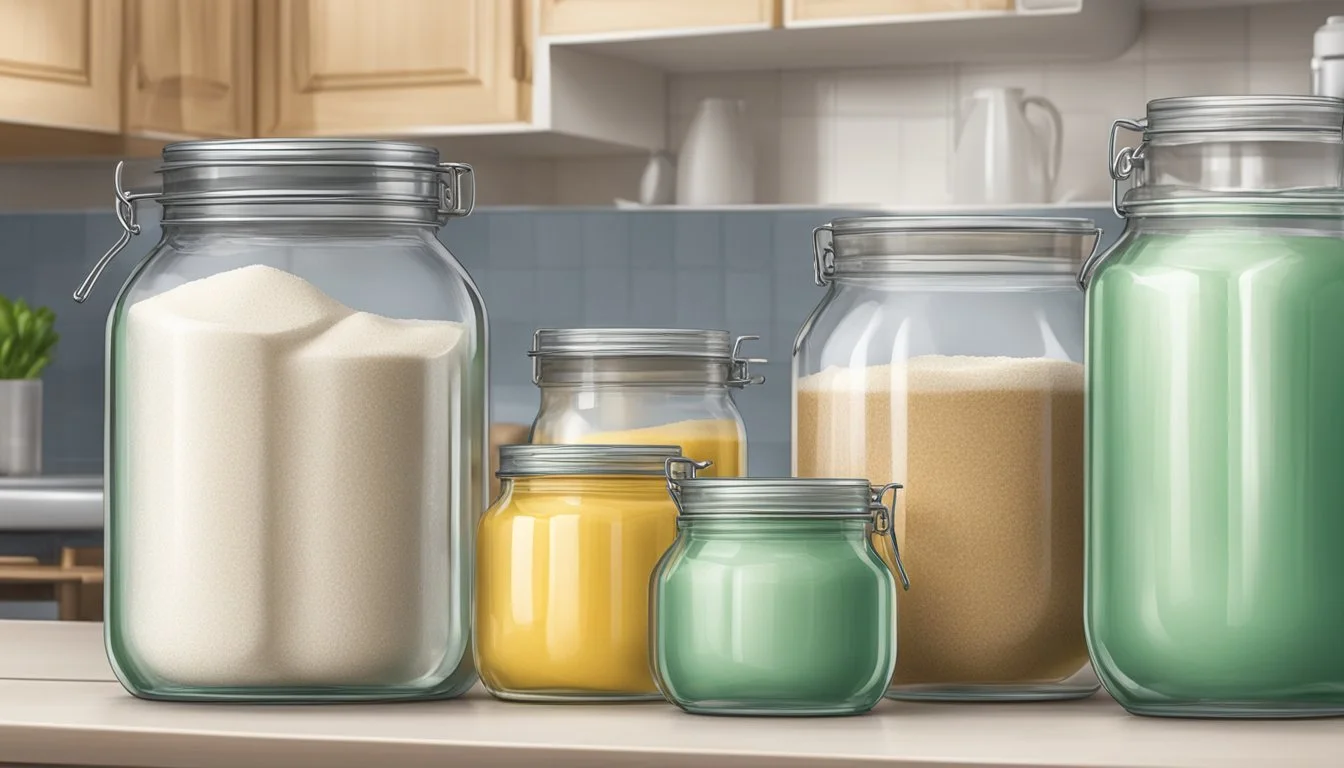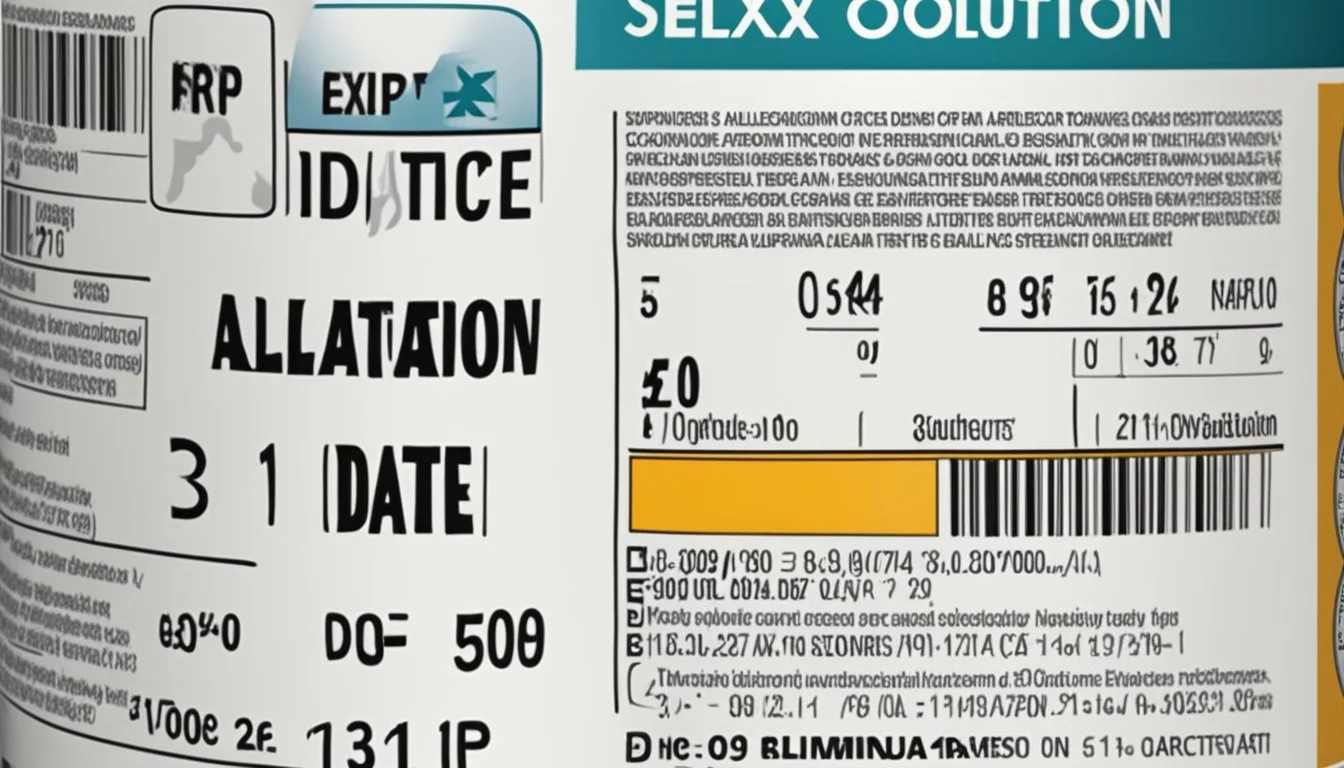Does Dextrose Go Bad?
Shelf Life and Storage Tips
Dextrose, a simple sugar derived from corn, finds widespread use in both food and medicine. It acts as a sweetener in processed foods such as cakes, cookies, and soft drinks, and it extends the shelf life of these products by inhibiting mold and yeast growth. Its medicinal applications include treating hypoglycemia and being part of intravenous solutions in hospitals.
Dextrose, like many other sugars, does have a shelf life, and its potency can diminish over time. Exposure to moisture, heat, and air can cause it to clump and lose its effectiveness. Proper storage in a cool, dry place is essential to maintaining its quality.
Consumers, including bodybuilders and those with medical needs, rely on dextrose for its quick energy boost and other health benefits. Understanding how to store it properly ensures they can make the most of this versatile sugar, keeping it effective for both culinary uses and critical health needs.
Understanding Dextrose
Dextrose, chemically identical to glucose, is a simple sugar derived from corn. It serves both nutritional and medicinal purposes, acting as an energy source and a sweetener in various foods and beverages.
Chemical Structure and Properties
Dextrose is a monosaccharide, meaning it consists of a single sugar molecule. Its molecular formula is C6H12O6, identical to that of glucose. This simple sugar quickly raises blood sugar levels, supplying instant energy.
In solutions, dextrose can appear as a crystalline powder or a liquid. It is highly soluble in water, making it versatile for different applications. As a carbohydrate, dextrose provides 4 calories per gram, making it an efficient energy source.
Dextrose Sources and Production
Dextrose is predominantly derived from corn. Corn starch is enzymatically converted into dextrose syrup or powder.
The production process typically involves:
Corn milling to extract starch.
Hydrolysis to break down the starch into glucose units.
Purification and concentration to achieve the desired form, whether it’s liquid or crystalline.
Dextrose is commonly found in processed foods, such as cakes, cookies, and sodas, due to its sweetening properties. In medical settings, it is used in IV fluids to treat dehydration and hypoglycemia.
Dextrose Uses in Medicine
Dextrose is extensively used in medical treatments to manage various health conditions effectively. It plays a crucial role in intravenous therapy, hypoglycemia management, and other medical scenarios requiring precise glucose administration.
IV Therapy and TPN
Dextrose is a common component in intravenous (IV) therapy and Total Parenteral Nutrition (TPN). IV solutions containing dextrose help maintain blood sugar levels, especially in patients who are unable to eat or drink normally.
In TPN, dextrose provides essential calories and energy. Solutions might range from 5% to 50% dextrose concentrations, depending on the patient's nutritional needs. It's vital for patients recovering from surgery, trauma, or severe illness where normal feeding is not possible.
Treating Hypoglycemia
Dextrose is pivotal in treating hypoglycemia, characterized by dangerously low blood sugar levels. Dextrose tablets or gel are fast-acting treatments commonly used by diabetics to prevent or manage hypoglycemia.
In emergency settings, dextrose can be administered intravenously to quickly elevate blood sugar. This helps stabilize patients experiencing severe hypoglycemic episodes.
Medical Conditions and Dextrose Administration
Specific medical conditions necessitate tailored dextrose administration. For instance, diabetic ketoacidosis requires dextrose in combination with insulin to manage high potassium levels.
Patients suffering from chronic low blood sugar may carry dextrose tablets for immediate relief. Additionally, dextrose injections can be crucial in acute care situations, ensuring rapid increase in blood sugar levels to stabilize vital functions.
Health and Nutritional Effects
Dextrose, a simple sugar, significantly impacts the body in various ways. Its effects on blood sugar levels, potential risks, and benefits for physical activities are explored below.
Impact on Blood Sugar Levels
Dextrose is chemically identical to glucose and raises blood sugar levels quickly. This rapid spike can be beneficial for those experiencing hypoglycemia, as it provides an immediate source of energy.
Diabetic individuals need to monitor their dextrose intake closely.
Excessive consumption can lead to hyperglycemia, requiring careful management and possibly insulin regulation.
Potential Risks and Side Effects
High intake of dextrose carries risks such as hyperglycemia, insulin resistance, and weight gain. Pulmonary embolism, infections, and severe allergic reactions like anaphylaxis are critical health concerns.
Symptoms:
Sudden vision changes
Severe headaches
Dizziness
Rapid breathing
These side effects warrant medical attention if they occur.
Dextrose for Physical Activities
Athletes and bodybuilders often use dextrose to replenish glycogen stores quickly. It aids in post-exercise recovery and enhances endurance during prolonged activities.
Dextrose’s quick absorption rate makes it ideal for energy restoration.
Consuming it alongside protein can optimize muscle recovery and growth, showcasing its dual benefit for those engaged in intense physical activities.
Dextrose in Food and Beverages
Dextrose is commonly found in many everyday food and beverage items. Its versatility and affordability make it a popular ingredient in various culinary and industrial applications.
As a Sweetener in Processed Foods
Dextrose serves as a prevalent sweetener in processed foods. It is derived from corn and is chemically identical to glucose. Manufacturers often add dextrose to items like cakes, cookies, candies, soda, and ice cream to enhance sweetness.
The use of dextrose extends beyond sweetening; it is also added to extend shelf life by inhibiting mold and yeast growth. It's a key ingredient in many snacks and packaged foods, making it essential for consumers to be aware of its presence.
Cooking and Baking Applications
In cooking and baking, dextrose is valued for its ability to blend easily and maintain moisture. This simple sugar is often incorporated into baked goods such as bread, muffins, and cookies. It helps in browning and gives a desirable texture to these products.
Besides baked goods, dextrose is used in sauces, dressings, and marinades. It acts as a stabilizer and thickening agent. Its quick breakdown into glucose makes it a favorable choice for recipes requiring fast energy release.
Reading Food Labels for Dextrose Content
Consumers looking to monitor their intake of added sugars should carefully read food labels. Dextrose might be listed separately or as part of other ingredients like corn syrup. Recognizing terms like "added sugar" and "corn syrup" can help identify dextrose content.
Food labels often include nutritional information where the presence of dextrose can be checked under carbohydrates or sugars. Being vigilant about these labels helps make informed dietary choices, especially for managing blood sugar levels or reducing calorie intake.
Storage and Stability
Dextrose, similar to sugar, is known for its long shelf life and stability. However, several factors such as moisture and temperature can affect its integrity over time.
Shelf Life of Dextrose Products
Dextrose is a stable compound that can last for years if stored properly. Powdered dextrose, when kept in sealed containers, can remain effective indefinitely. The shelf life of dextrose-based products may vary, but many dextrose powders can last for 5 to 10 years or more. Manufacturers often include an expiration date, but this is usually conservative.
Factors Affecting Dextrose Degradation
Moisture is the most significant factor that can degrade dextrose. When exposed to humidity, dextrose can clump and its effectiveness may decrease.
Temperature is another critical aspect. High temperatures can accelerate the degradation process, while extreme cold can cause crystalline changes. Hence, it’s vital to avoid storage in high-heat areas or freezing conditions.
Proper Storage Techniques
To maximize the shelf life and stability of dextrose, store it in a cool, dry place.
Use airtight containers to prevent moisture absorption.
A constant temperature around 20°C (68°F) is ideal.
Avoid exposure to direct sunlight and extreme temperature fluctuations.
By adhering to these storage principles, dextrose can retain its quality and effectiveness for many years.
Identifying and Managing Dextrose Allergies
Dextrose, derived from corn, is used in many food products. While rare, some individuals may exhibit intolerance or allergic reactions to dextrose due to its source or processing.
Symptoms of Dextrose Intolerance
Dextrose intolerance may manifest in various digestive issues. Common symptoms include:
Bloating
Gas
Diarrhea
Abdominal pain
These symptoms occur because the individual's digestive system struggles to process dextrose efficiently. It is crucial for those experiencing symptoms to consult with a healthcare provider for accurate diagnosis and management plans.
Allergic Reactions and Management
Allergic reactions to dextrose are rarer and often linked to an allergy to corn, the source of dextrose. Reactions can include:
Skin rashes
Itching
Swelling
Breathing difficulties
Individuals with a corn allergy should avoid dextrose and read ingredient labels carefully. Antihistamines and emergency medications like epinephrine may be necessary for severe reactions. Consulting an allergist can provide personalized management strategies.
Applying these measures can significantly reduce health risks associated with dextrose allergies and improve overall well-being for affected individuals. Proper consultation with healthcare professionals remains essential in managing and identifying these allergies.

